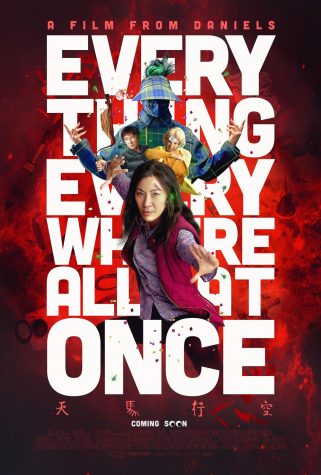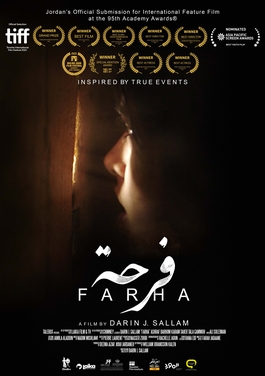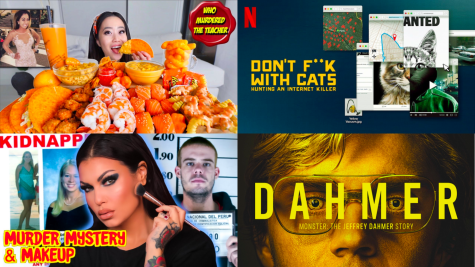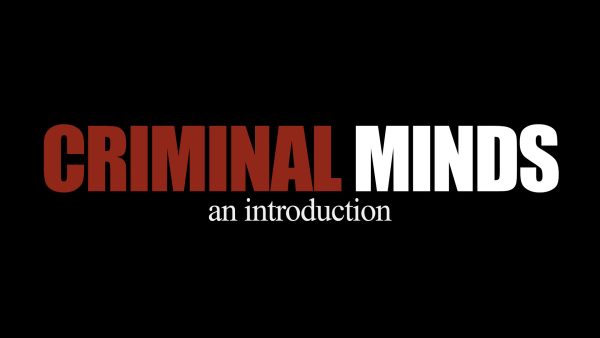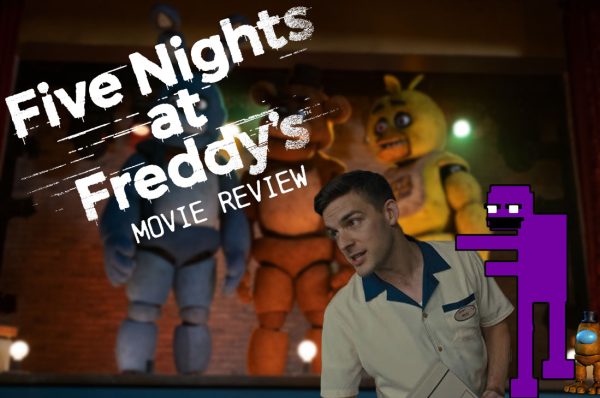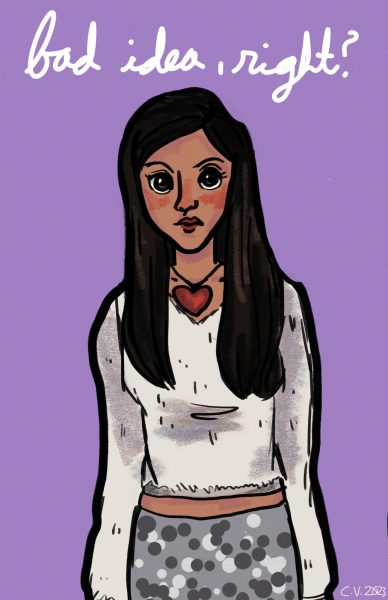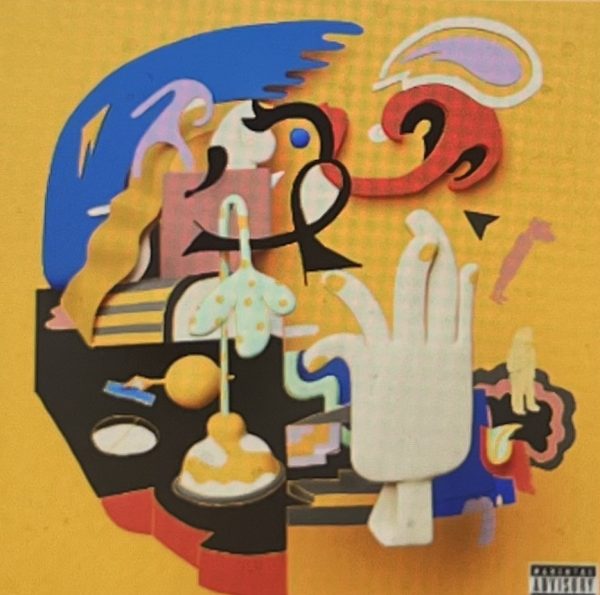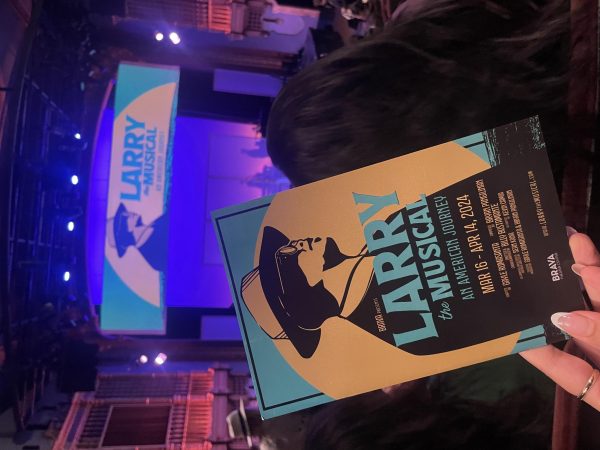Desolation of smaug hits on all points
The second installment in Peter Jackson’s “The Hobbit” trilogy does not disappoint as Bilbo and company arrive at their destination, and audiences finally get a glimpse of the titular dragon, Smaug.
When it was announced that “The Hobbit,” J.R.R. Tolkien’s predecessor to “The Lord Of The Rings,” was going to be made into a movie, there were whispers of whether or not the movie could do the book justice. By this point we all know that director Peter Jackson can do hobbits and dwarves justice with his eye for detail, and his elves always seem to meet with the approval of the public. It was the books great villain, the dragon responsible for ousting the dwarves from their homeland of Erebor, that had fans weary. Thankfully, the dragon did deliver in every way imaginable.
Easily the high point of the entire movie, the appearance of Smaug is breathtaking. We’ve been teased with the dragon’s final look since the closing moments of “The Hobbit: An Unexpected Journey,” and the wait was most definitely worth it. With voice work and motion capture done by Benedict Cumberbatch, Smaug’s overall presence is awe inspiring. The depth brought to the character goes far beyond what was expected, and is even drawing comparisons to Andy Serkis’ award winning portrayal of Gollum in “The Lord Of The Rings” trilogy. Easily one of the most detailed works of computer generated art in the history of film, the movie is worth seeing for Cumberbatch’s Smaug alone.
There are a few parts of the film that will leave true fans somewhat frustrated. The inclusion of the she-elf Tauriel, a character not created by Tolkien but by Jackson, is one of the most annoying moments in the film. Evangeline Lilly fills the roll of Tauriel, and while she does so relatively well, we are forced to question her presence in the film as a whole. If the character wasn’t in the original text, why did Jackson deem it necessary to create the character for the film? Legolas, played by a returning Orlando Bloom, makes an appearance in the film as well. The problem is, like Tauriel, Legolas was not in the original text. Was Bloom brought back simply to make a visual connection between “The Hobbit” and “The Lord Of The Rings,” or was he brought back simply due to contractual obligations? Neither one of these characters was necessary for the film;therefore, they detracted from it bit by bit.
One of two positive additions to the film comes in the form of Luke Evans’ work as Bard, one of the men of Laketown, a town that lies in the shadow of Smaug’s mountain. Though his screen time was relatively short in comparison to the films other big name actors, like Cumberbatch’s Smaug it was Evans who helped to define the final moments of the film and give much needed emotion and depth to the overall story of the film. The second noteworthy addition to the cast is Lee Pace who portrays the elven king Thranduil, the father of Legolas and ruler of Mirkwood forest. In Pace’s character we get the opportunity to see a different side of the elven race, and one that is not entirely a positive one.
Perhaps the most wasted opportunity of the film comes in the form of the Necromancer, a character that was referenced in “An Unexpected Journey.” While the character is mentioned in the original Tolkien text, the scenes throughout the movie were written by Jackson in order to extend the film’s running time. Originally, The Hobbit was planned to be two movies, but when the studio decided to make it a trilogy it was left to Jackson to add to the overall story to make the trilogy possible. Cumberbatch doubled as a voice actor for the Necromancer, and while his work was of course amazing, we didn’t get the opportunity to see the character in more than two scenes throughout the film.
All negatives aside, “The Desolation of Smaug” is superior to “An Unexpected Journey,” and well worth the price of admission. The final moments of the film are a perfect cliffhanger that lead into the final film in the series, “There And Back Again,” which is scheduled to be released in December of 2014. The question that is plaguing Tolkien fans is this: how much of the film is going to be based on the literature, and how much is going to be coming from Peter Jackson directly? We’ll have to wait and see.




